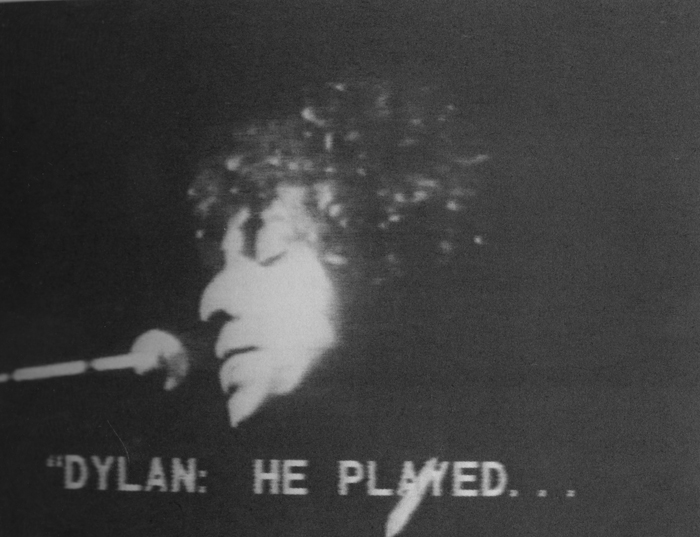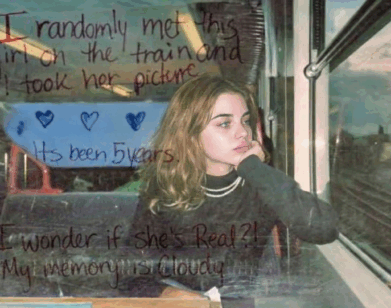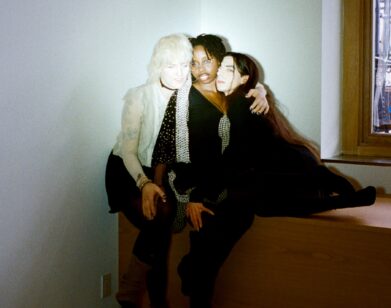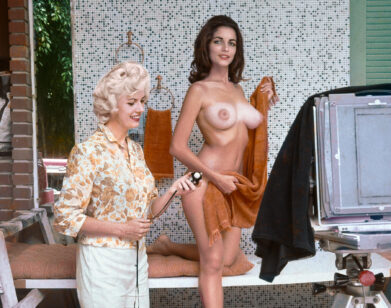Dan Graham Rock Music Writings Primary Information

“In teenage heaven, adolescence is an eternal state.”
“Rock is the first musical form to be totally commercial and consumer exploitative.”
“While individual rock heroes (singers) are unrepentant sinners, the rock group is more like a self sufficient commune.”
These are just a few of the prescient aphorisms from the script of Rock My Religion (1984), the iconic video by conceptual artist and polymath Dan Graham that improbably sourced the era’s popular music to Shakerism.
Dan Graham moved to New York in 1964 at the age of 22, where he quickly gained recognition for founding the John Daniels Gallery, exhibiting works by Donald Judd, Robert Smithson, Carl Andre and giving Sol Lewitt his first show. Upon leaving the gallery, Graham began making work in all mediums, especially gaining recognition in the art world for his video, performances, his tongue-and-cheek photo series of uniform suburban architecture, and conceptual pavillions. Throughout all this, Graham has maintained a steady practice of speculative and critical writings on all things cultural, especially music.
Timed to his first museum retrospectice Dan Graham: Beyond at the Whitney, is the publication of Dan Graham: Rock/ Music Writings, the first book to collect in one chronological volume Graham’s writings on music. These sprawling, lucid, meditations of the true meaning of “Rock and Roll” affirming that while Graham is an artist first and foremost, he’s also got more chops than most music scholars.
Graham’s approach is both psychoanalytic and anthroplogical. Unlike the romantic historicizing of Lester Bangs and Greil Marcus, Graham’s writing is refreshingly against the boomer grain. Dogmatic and realistic, Graham looks towards the real-life forces that have shaped the culture, showing that movement’s like Punk don’t “just happen.” In his essays “Artist as Producer” and “Mclaren’s Children” Graham focuses on the phenomenon of the Rock Entrepreneur, drawing comparisons between Malcolm McLaren, Alan Freed, and Phil Spector, and explaining how all three capitalized on the relatively recent social and economic phenomenon of “the teenager,” while simultaneously (and perhaps secondarily) expanding the possibilities of youth culture. Artists are trated more gently:In “New Wave Rock and the Feminine,” Graham studies the identity politics that were performed by a variety of Girl Groups, dissecting the lyrics of Lydia Lunch, The Slits, and The B-52’s, to show how they offered various popular interpretations of gender. Analysis of the Velvet Underground, The Kinks, The Vanilla Fudge, The Doors, The Beatles, The Fall, The Byrds, Devo, The Clash, Elvis Costello, The Ramones, might be described as obsessive, but for that perfectly reflects the culture he criticizes.
Dan Graham: Rock/ Music Writings is published by Primary Information and distributed by D.A.P.






